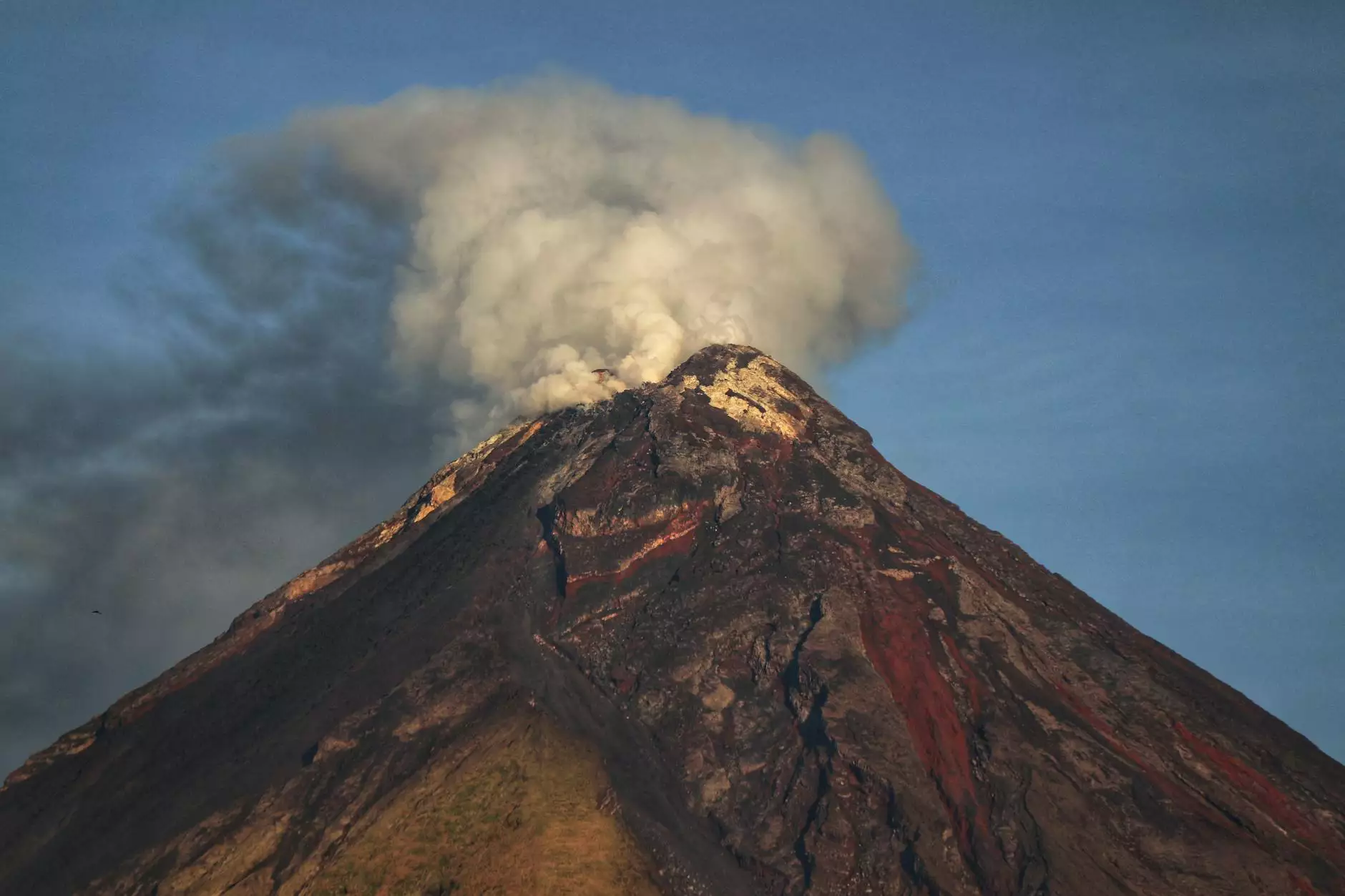Veterinarian: Toxic Plants Pets Should Avoid in Las Vegas Valley
Animal Welfare
Introduction
Welcome to Nevada Business Chronicles, where we provide valuable information on a wide range of topics. In this article, we will be discussing toxic plants that pets should avoid in the Las Vegas Valley region. As responsible pet owners, it's essential to be aware of the potential risks certain plants pose to our furry friends. By understanding which plants are hazardous, we can create a safe and healthy environment for our beloved pets.
The Importance of Pet Safety
Pets, such as cats and dogs, love to explore their surroundings, often without any understanding of potential dangers. As a pet owner, it is our responsibility to ensure their safety and well-being. By familiarizing ourselves with the toxic plants found in the Las Vegas Valley area, we can take proactive measures to prevent our pets from being exposed to harmful substances.
Common Toxic Plants in Las Vegas Valley
Below, we have compiled a comprehensive list of the most common toxic plants found in the Las Vegas Valley region:
1. Sago Palm
The Sago Palm, also known as Cycas revoluta, is a popular landscaping plant in the Las Vegas Valley. However, it is highly toxic to both cats and dogs if ingested. The seeds and leaves of the Sago Palm contain cycasin, a toxic compound that can lead to liver failure and even death in pets.
2. Lilies
Lilies, while beautiful, are highly toxic to cats. Even a small amount of lily pollen or plant material can cause kidney failure in felines. It's crucial to keep lilies out of your home if you have cats, as even minor exposure can have severe consequences.
3. Oleander
Oleander, a popular ornamental shrub in Las Vegas, is extremely toxic to both cats and dogs. All parts of the plant contain cardiac glycosides, which can cause severe cardiac issues if ingested. Even close proximity to this plant can be harmful, as the sap and smoke from burning the plant can be toxic as well.
4. Marijuana
With the legalization of marijuana in many states, including Nevada, it's important to be aware that marijuana can be harmful to pets. Dogs, in particular, are susceptible to marijuana toxicity if they consume edibles, inhale second-hand smoke, or accidentally ingest plants. Symptoms of marijuana toxicity in pets include lethargy, vomiting, and abnormal behavior.
5. Aloe Vera
While Aloe Vera is known for its medicinal properties for humans, it is toxic to cats and dogs. The sap from the plant contains compounds that can cause vomiting, diarrhea, and tremors in pets. Pet owners should avoid keeping Aloe Vera plants within reach of their furry friends.
Prevention and Safety Measures
Now that you are aware of some of the toxic plants in the Las Vegas Valley, here are some essential prevention and safety measures you can take:
1. Familiarize Yourself with Toxic Plants
Educate yourself about the different plants that are hazardous to your pets. By knowing which plants to avoid, you can reduce the risk of accidental exposure and potential poisoning.
2. Create a Pet-Friendly Environment
Ensure your living space or backyard is pet-friendly. This includes removing toxic plants from your surroundings and providing alternative safe, pet-friendly options for your furry friends to enjoy.
3. Supervise Outdoor Activities
When spending time outside with your pets, always supervise their activities. This will help you prevent them from chewing or playing with toxic plants.
4. Consult with a Veterinarian
If you suspect your pet has ingested a toxic plant or is displaying any symptoms of poisoning, immediately consult with a veterinarian for guidance and treatment options.
Conclusion
In conclusion, being aware of toxic plants in the Las Vegas Valley is crucial for pet owners. By taking preventive measures and ensuring a pet-safe environment, we can protect our furry companions from potential harm. Remember, the health and well-being of our pets should always be a top priority. Stay informed, stay vigilant, and keep your pets safe!










